Manures) can result in plant bloating due to an excess of Nitrogen •This fat state can also predispose the plants to other diseases and result in brittle vines and poor pollination rates •Increased leaf size and height are also potential indicators to this problem Cane disease fungi thrive in wet weather and spread on splashing water Reduce cane diseases by maintaining narrow beds and open canopies within the raspberry patch Remove all floricanes and infected primocanes after harvest See Growing raspberries in the home garden for more information on keeping plants healthySilver Leaf Janet van Zoeren, UWMadison Entomology, and Patricia McManus, UWMadison Plant Pathology What is silver leaf?

Combining Silver Nanoparticles With Herbs Essential Oils To Control Plant Diseases Zist Fan Iran Biotech Hub
How do you get rid of silver leaf disease
How do you get rid of silver leaf disease-Silver leaf plants Leaf silvering occurs during summer and fruiting bodies form from late summer Silver leaf is a fungal disease caused by Chondrostereum purpureum Silver Leaf Nursery Garden Centre based in the heart of Niagara provides the best quality in product and service Caused by a pathogen known as Pseudomonas cichorii, this unfortunately common basil disease thrives in wet soil and humid conditions It shows itself as brown or black spots on the leaves, as well as streaking on the stems It occurs when infected water in the soil is splashed onto the leaves of the plant




Silver Leaf Disease Which Co Uk
Silverleaf nightshade (better known in South Africa by its Afrikaans common name, satansbos), a plant indigenous to the southwestern USA and northern Mexico, has annual stems and a perennial, deep, spreading root system The silverygreen leaves have wavy margins, are often folded upwards along the midrib, and the whitish undersurface is usually Silver leaf is a fungal disease that affects a wide range of deciduous trees The disease has its biggest impact in fruit trees such as apple, pear and cherry, but can also affect ornamental trees such as willow, poplar, maple, oak, and elm Silver leaf has traditionally been considered a disease of older trees that have been physically damaged or 1 Look for stunted leaves and loss of luster If your strawberry plants have leaves with slow, stunted growth and metallic, bluegreen dull coloration, they are probably suffering from red stele root rot To be sure, check the roots for rustyred or brown discoloration in spring, before the plant is due to fruit
Silver leaf (Chondrostereum purpureum) is a fungal disease which attacks a wide range of deciduous trees and shrubs, however Prunus species are particularly susceptible to it The fruiting bodies of the fungus produce spores which are carried by wind and infect trees and shrubs through wounds, mainly caused by pruning Spray any susceptible plants located nearby, too To control powdery mildew on plants, mix together 1 tablespoon of baking soda 1/2 teaspoon of liquid, nondetergent soap 1 gallon of water Pour the mix into a sprayer, and evenly coat all areas of the plant, including the underside of leaves and stemsPropagation Pumpkin can be direct seeded or sown indoors and transplanted If direct seeding,seeds should be sown after the last frosts and when the soil has warmed to at least 156°C (60°F) Sow 1–2 seeds 13–25 cm (05–10 in) deep, at least 90 cm (~3 ft) apart if growing bush varieties and 1–150 cm (4–5 ft) apart if growing
Leaves affected by the fungus develop a faint, silvery sheen This is generally confined to a single branch initially, but can spread to other part of the tree over time At later stages of the disease, leaves split and may turn brown around the margins and the midribPlant leaves can sometimes change colour or produce unusual marks, blotches or even weirdlooking structures on them Here are some of the more common leaf problems In Brief In some cases, you may need to identify pest and disease problems on plant leaves Click on the links where appropriate to find out even more about prevention and controlHelichrysum petiolare 'Goring Silver' is less vigorous and smaller than familiar helichrysum in all its parts so 'Goring Silver' is actually far more useful in far more situations The white trailing stems are lined with neat, rounded silver leaves which meld well with so many other container plants
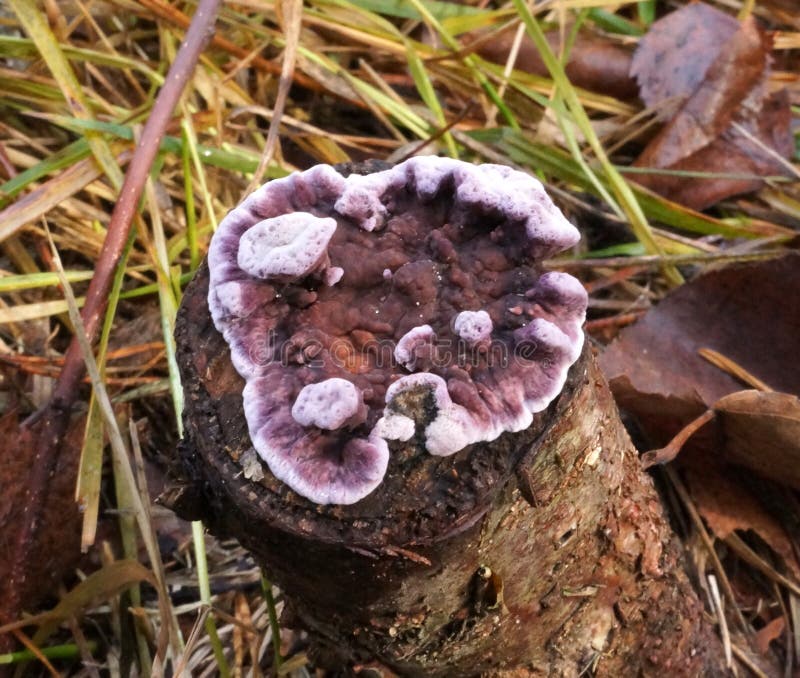



Silver Leaf Or Chondrostereum Purpureum Mushroom Stock Image Image Of Fungus Natural
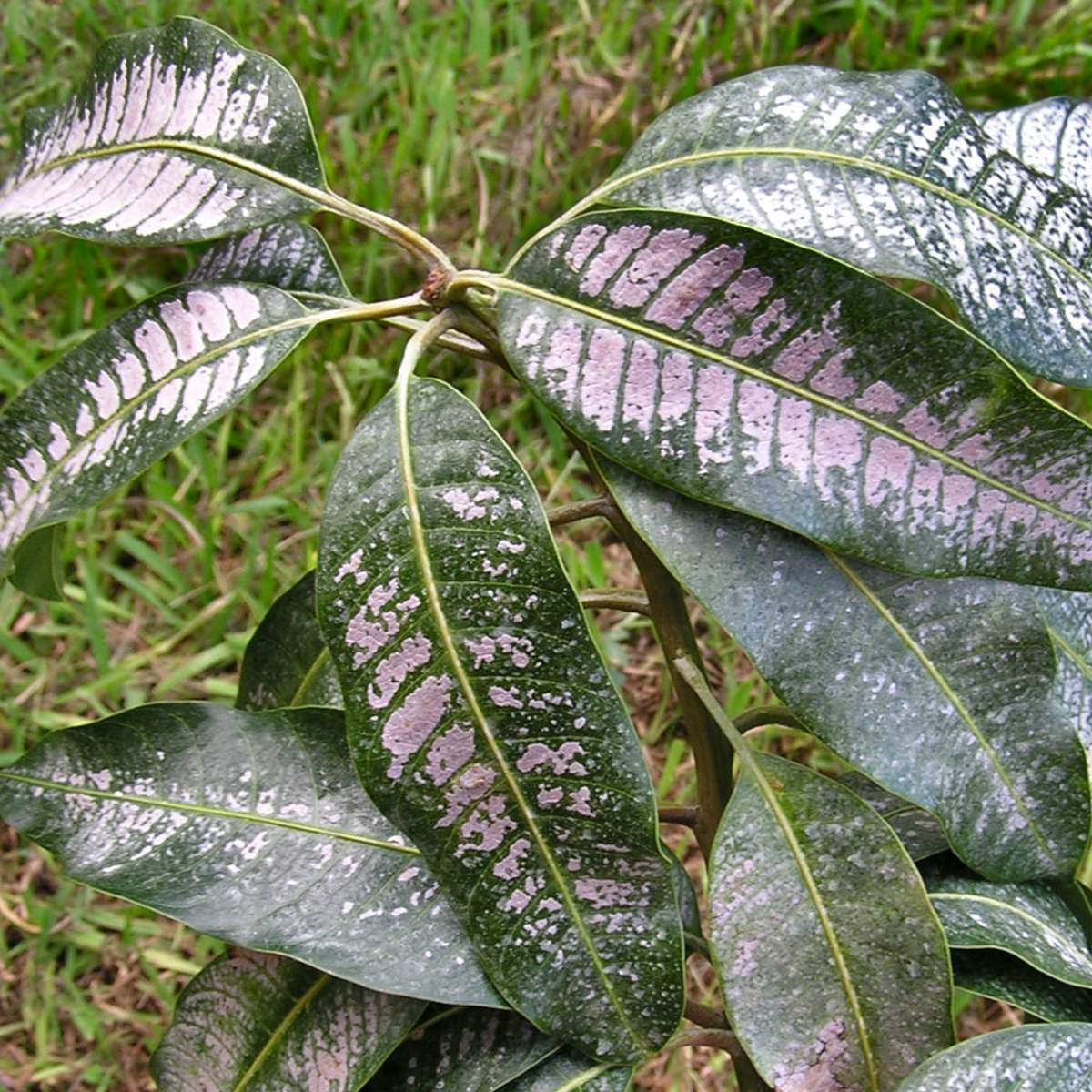



Thrips Damage To Plants Symptoms Pictures Of Thrips Caused Damage
Silver Leaf (Chondrostereum purpureum) Symptoms Leaves have a silvery appearance Infected branches have a brown discoloration in the heartwood Infected plants die within 13 years Disease cycle Growth of bracketlike fungus, 57 cm wide, emerges from dead branches and pruning wounds at plant base and releases spores Spores are spread by wind and rain duringCause Silver leaf is not new to the PNW as it has been a minor problem on stone fruit for many years It is a disease where the fungus, Chondrostereum purpureum, invades cut or wounded stems and limbs of a wide variety of plants This fungus was confirmed for the first time in 14 by the OSU Plant Clinic on 'Draper' and 'Liberty' blueberry with silver leaf symptoms although samplesOf the velvety silvergray leaves makes it a popular plant in landscape designs It is used extensively as an accent tree, for highway median strip planting, and is pruned as a shrub or hedge for home landscaping (2) Silver buttonwood may be severely blighted by the fungus Cylindrocladium scoparium Morgan




Silver Leaf Disease




Prune And Plum Prunus Spp Silver Leaf Pacific Northwest Pest Management Handbooks
Planting diseasefree seed and controlling the cucumber beetles can stop SqMV For more information on SqMV, you can read up courtesy of the Ohio State University Extension 4 Zucchini yellow mosaic virus (ZYMV) Zucchini yellow mosaic virus (ZYMV) is another one of a number of diseases that cause the leaf mottling known as mosaicThe spores produced cause new infections, occurring in fruit trees from September to May Please note Silvering may also result from severe insect infestation, cold weather conditions, extreme drought or malnutrition To view care instructions for this problem please login or register Discuss Silver leaf with other Shoot members To treat your plant for black spot leaf disease, remove all infected leaves entirely and throw them away to prevent the disease from spreading Don't add infected leaves to compost, since the disease may survive and infect other plants when that compost is
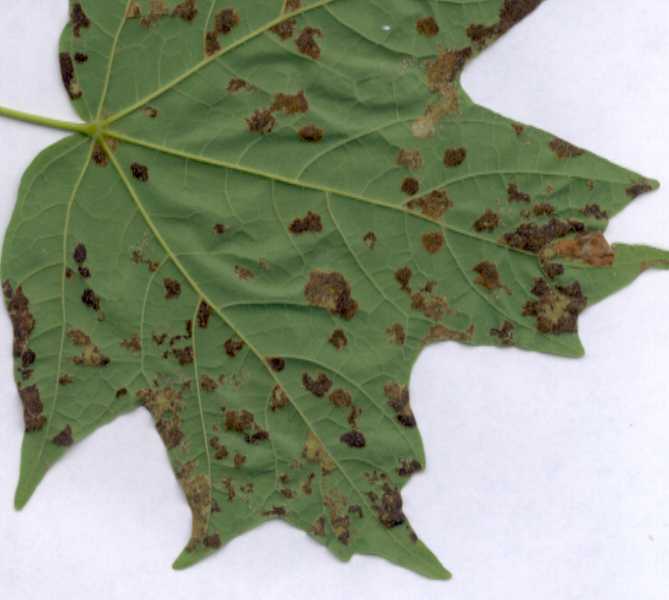



Leaf Spot Diseases Of Shade Trees And Ornamentals




10 Common Fruit Tree Diseases In The Portland Area Tree And Ladder
Shamrock plants are a fun, pretty perennial that can be houseplants or bedding plants Their foliage comes in cream and silver as well as classic green These plants are fairly lowmaintenance, but they do have a few problemdiseases that, untreated and uncontrolled, can take out an entire shamrock bed The best wayA result of fungal disease caused by the plant being dry at the roots with damp air around the top of the plant Control If the plant is well established it's unlikely to cause too much harm, but remove dead leaves in autumn to prevent the spores from over wintering Silver leaf is a fungal disease of trees caused by the fungus plant pathogen Chondrostereum purpureum It attacks most species of the rose family Rosaceae, particularly the genus Prunus The disease is progressive and often fatal The common name is taken from the progressive silvering of leaves on affected branches



Silver Leaf Ontario Appleipm




Silver Leaf Chondrostereum Purpureum Diseases Candide Gardening
LIFE CYCLE OF SILVER LEAF DISEASE The fungi, which grow on infected branches, release spores in autumn and early winter when conditions are wet and and If the spores land on damaged wood they will enter it and infect the branch Spores can be Silver Pothos Care Pest and Diseases If you care for a Scindapsus pictus well, you can avoid many diseases and pests that afflict some houseplants Let's look at solutions to some care issues that can affect satin pothos plants Disease problems Root rot caused by overwatering is the most common disease problem with silver satin pothos Another fungal disease, anthracnose is most prevalent in wet and warm conditions Regions with high humidity like southern and midAtlantic states are highly susceptible to fungal plant diseases The fungus overwinters in fallen vines, leaves, and other plant debris, releasing spores in the spring to infect new plants




Silver Leaf Disease Which Co Uk




How To Tackle Silver Leaf Disease Video c Gardeners World Magazine
Many plants will recover naturally from an attack of silver leaf, so it's best to wait some time after you've noticed the silvering before you take action If branches start to die back as a result of the disease they should be pruned back beyond the spread of Jade plant (Crassula argentea) is a slowgrowing ornamental plant that originated in Southern Africa, but now exists all over the world It is a herbaceous plant from the Crassulaceae (Stonecrop) family Characterized by its waxy green leaves, a jade plant can tolerate poor, dry soils and grow up to 12 feet high Do not To do in November D Do not To do in December Monty Don explains how to identify silver leaf disease in a Portuguese laurel tree, pointing out the telltale symptoms Then he gets out the pruning saw and demonstrates how to remove all the affected growth in order to try and save the tree
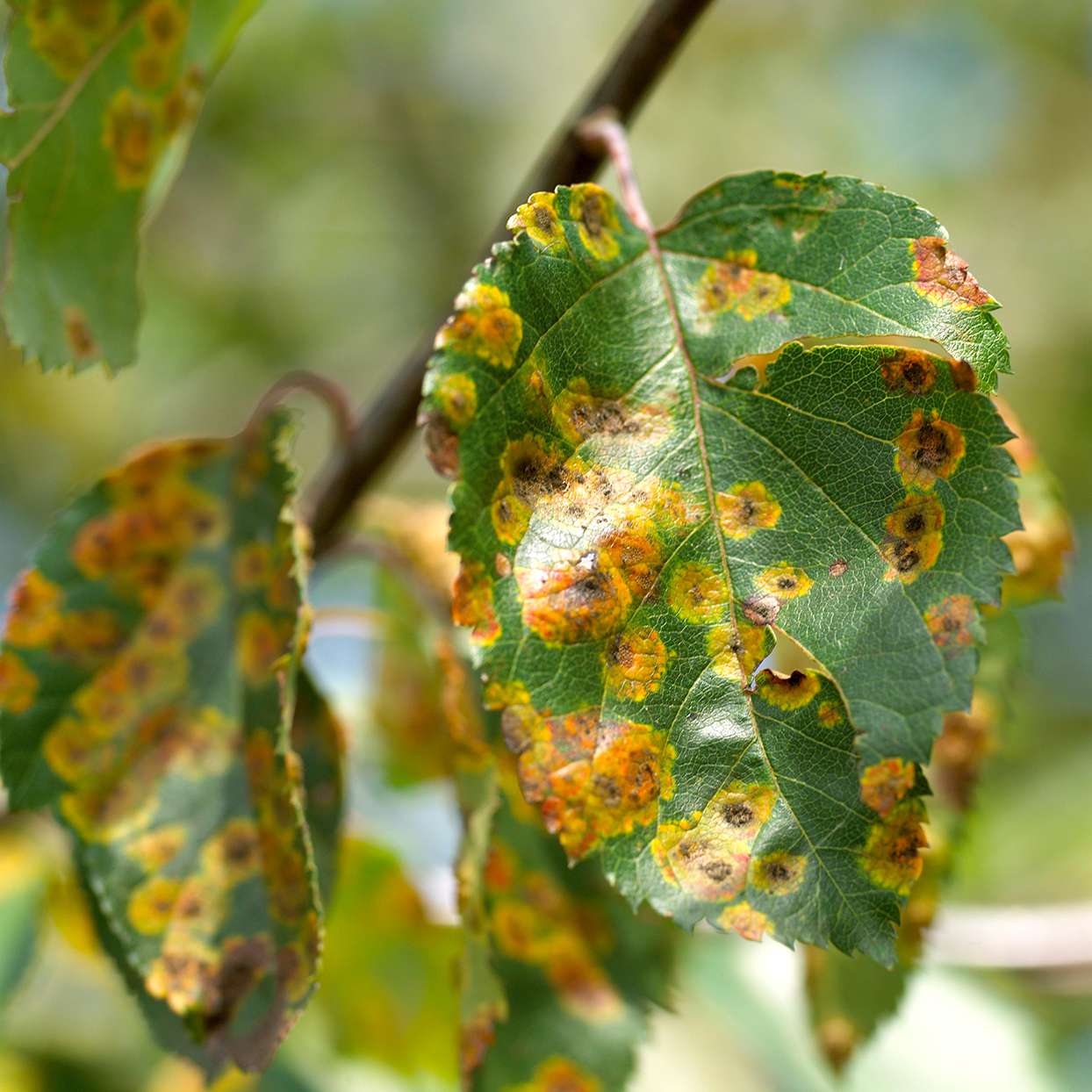



Diagnose Tree Disease Better Homes Gardens



Silver Leaf Rhs Gardening
Plants that look good on their own, with other colourful flowers, with green leave plants, in the shade, and in moonlight, makes silver leaf plants the star in the container garden It does not matter if the silver leave plant flowers are not particularly breathtakingly beautiful, as the leaves are the main attraction to be foundIt's a very hardy plant, so it will not suffer much from diseases that can afflict other plants However, some of the diseases that can affect the plant can cause serious problems for your garden One of the diseases that can affect your plant is the leaf spot disease This is a fungus that can infect the leaves of the Eucalyptus plant If Silver Dollar Eucalyptus Tree Diseases Native to Australia and naturalized in California, silver dollar eucalyptus (Eucalyptus polyanthemos) survives best in
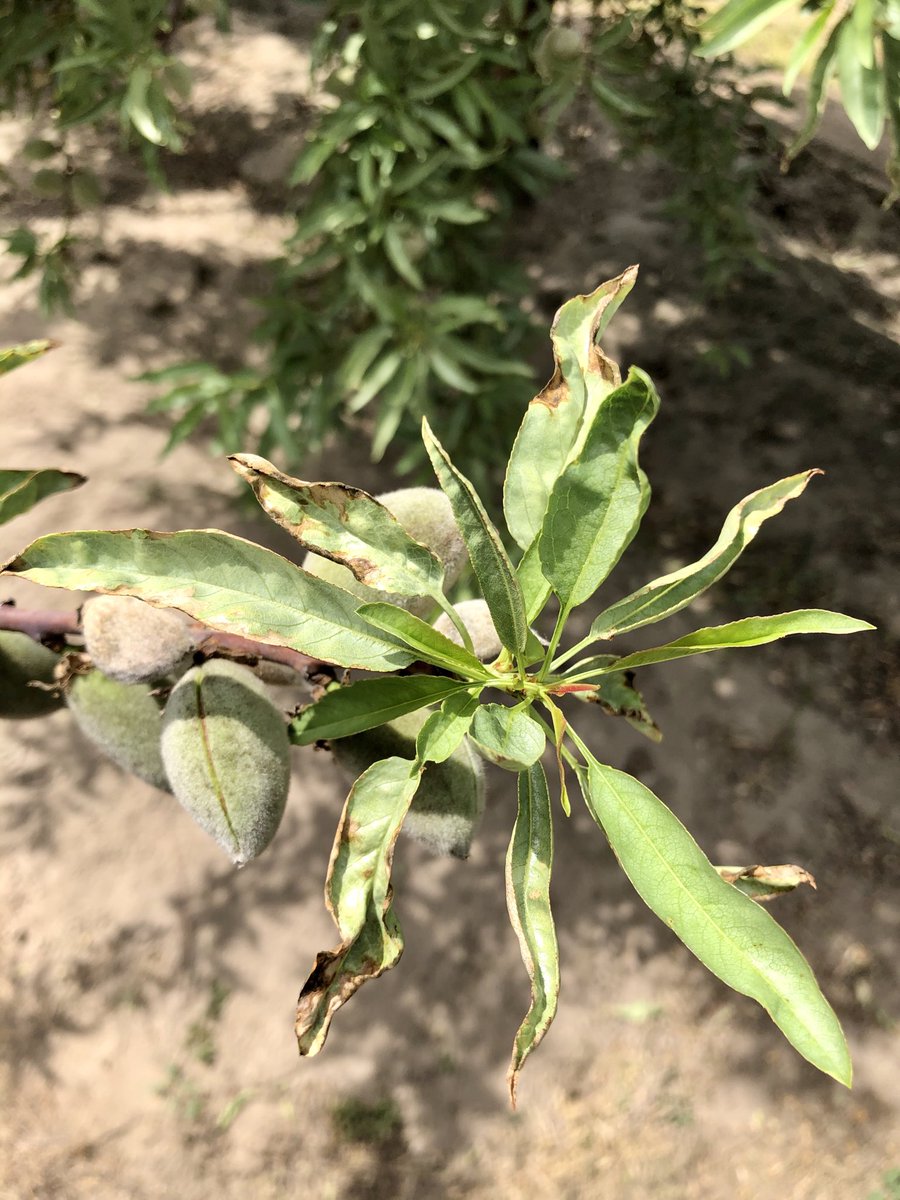



Florent Trouillas Quite A Few Severe Cases Of Silver Leaf Disease Were Observed This Spring In Almond Orchards In California The Disease Is Caused By The Fungus Chondrostereum Purpureum T Co Revxgpei3j
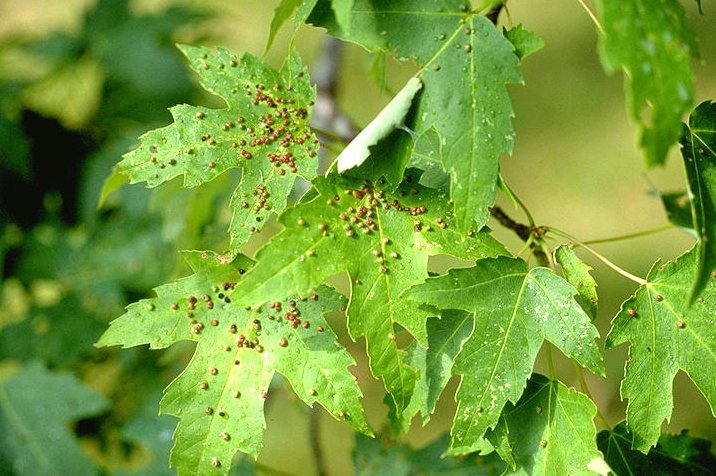



Facttemplate
A True silver leaf is a fungal disease (Chondrostereum purpureum) that affects a number of plants, notably plums It's the most common plum killer Caption Not all affected plants have silvered leaves, sometimes dieback in the first signSilver leaf is a fungal disease tha taffects a wide range of deciduous trees The disease has its biggest impact in t trees such as apple, pear and cherry, frui but can also affectThe silver leaves become ashy colored, sometimes tinged with green, and edges tend to curl slightly The leaves' light color shows a marked contrast to the normal dark green of healthy leaves Soon after leaves silver, the branch begins to decline in vigor and dies either the same season or after one or several seasons during which leaves continue to silver
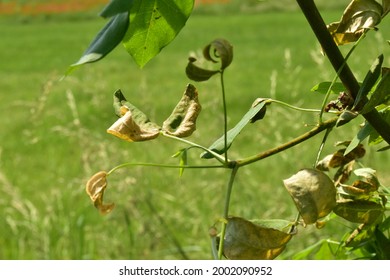



Silver Leaf Fungus Hd Stock Images Shutterstock



Silver Leaf Ontario Appleipm
Diagnosis 'Powdery mildew' is a common problem on many plants; Silver leaf is a fungal disease of apple trees and many other deciduous trees that makes the leaves appear "silver" or gray This is caused by a fungus called Chondrostereum purpureum In addition to infecting leaves, it also forms conks (fruiting structures) on the trunks and branches of treesSilver leaf is a fungal disease caused by Chondrostereum purpureum It infects through wounds, mainly caused by pruning Leaf silvering occurs during summer and fruiting bodies form from late summer The most commonly affected trees are plums, apples, apricots, almonds, cherries and relatives, hawthorns, roses and poplars




Silver Leaf Disease Stock Image B275 0078 Science Photo Library




Silver Leaf Of Almond Another Heart Wood Rotter The Almond Doctor
By BBC Gardeners' World Magazine Published Thursday, 18 April, 19 at 1126 am There are many reasons to prune plants in summer – in particular to minimise the risk of fungal infection entering through pruning wounds Cherries and stone fruits, along with laburnum, poplars and rhododendrons are all at risk of silverleaf disease Thin plants to improve air circulation and water only at the base of the plant to keep the leaves as dry as possible Fungicides are of limited effectiveness but may reduce rust and other fungal diseases if applied early in the season Often, the best recourse for diseases in fuchsia plants is to start over with new, diseaseresistant plantsLeaf diseases are the most common diseases of most plants They are usually controlled with fungicides, bactericides and resistant varieties Although leaf diseases are described under several different symptom types, keep in mind that differences are not always clearcut and there are many names for leaf diseases other than those given, a situation which can be confusing




Keep Plum Trees Healthy And Productive With Summer Pruning




Citrus Pest And Disease Problems Solutions To Citrus Problems Searles Gardening
Eggplant, Solanum melongena, is a tropical, herbaceous, perennial plant, closely related to tomato, in the family Solanaceae which is grown for its edible fruit The plants has a branching stem and simple, long, flat coarsely lobed leaves which are green in color and are arranged alternately on the branches The leaves can measure 10 to cmSilver leaf disease causes leaves of woody trees and shrubs to turn silvery Roses, apples, peaches, plums, apricots, poplars, willows, and escallonia are commonly infected Infected branches die back and when the branch dies small fruiting bodies appear as brackets on the dead woodWhich plants does Silver Leaf attack?
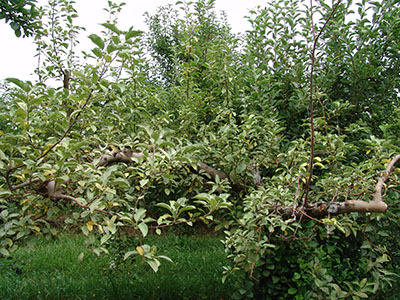



Silver Leaf Of Tree Fruits Msu Extension
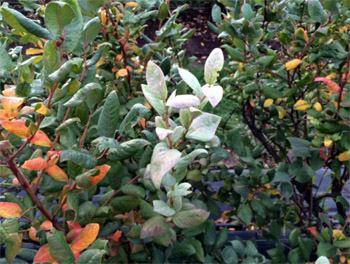



Oregon Blueberry Update
Silver leaf is a fungal disease of trees caused by the fungus plant pathogen Chondrostereum purpureum It attacks most species of the rose family Rosaceae, particularly the genus Prunus The disease is progressive and often fatal The common name is taken from the progressive silvering of leaves on affected branchesSilver leaf is a fungus that is spread via airborne spores and enters through pruning wounds In most cases it causes leaves to turn silver and the affected branches to die However not all plants suffer from silvering foliage In some cases the disease is only detected when branches start to die back What is silver leaf fungus?Silver Leaf attacks a range of fruit trees (most famously Victoria Plum) including plums, damson, cherry, peach, apricot, pear and apple It can infect a few other trees such as Laburnum, and poplars but it mainly attacks members of the family Prunus (which includes the laurels)
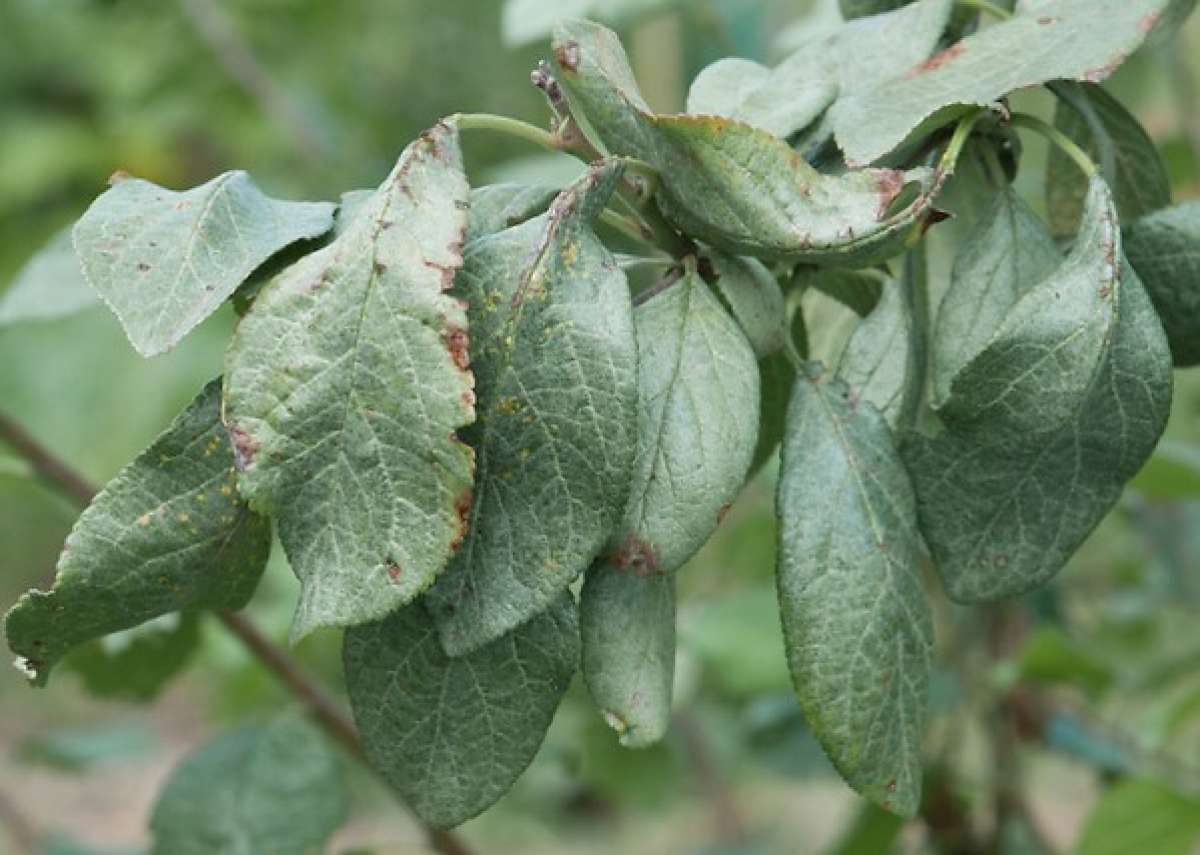



Silver Leaf Control Of Silver Leaf Disease




Powdery Mildew How To Identify Treat And Prevent Powdery Mildew The Old Farmer S Almanac
Tomato Disease Identification Key by Affected Plant Part Leaf Symptoms Generalized tomato plant adapted from Plant Pathology 4th edition by G N Agrios copyright 1997 as Figure 11 published by Academic Press, San Diego, CA, with permission from ElsevierWhat is silver leaf?Silver leaf Unique silvering of the leaves is the characteristic symptom induced by feeding of immature stages of silver leaf whitefly which releases a toxin inducing the unique pattern on the leaves Developing leaves have a silvery appearance from the leaf veins and moving outward



3



Q Tbn And9gcr6wo 6279c7px U1rmrc58fny W8do6xj Oacsw9vr Zfzcu4t Usqp Cau
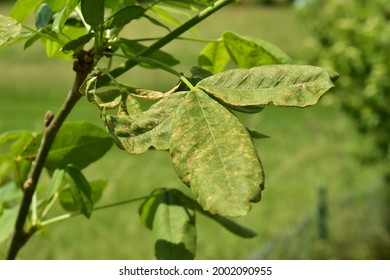



Silver Leaf Fungus Hd Stock Images Shutterstock




Cherry Prunus Spp Silver Leaf Pacific Northwest Pest Management Handbooks




Treating Pepper Leaf Spots Signs And Symptoms Of Bacterial Leaf Spot




Beech Leaf Disease Is Continuing To Emerge And All Cultivars In America And Europe Are At Risk Arborjet
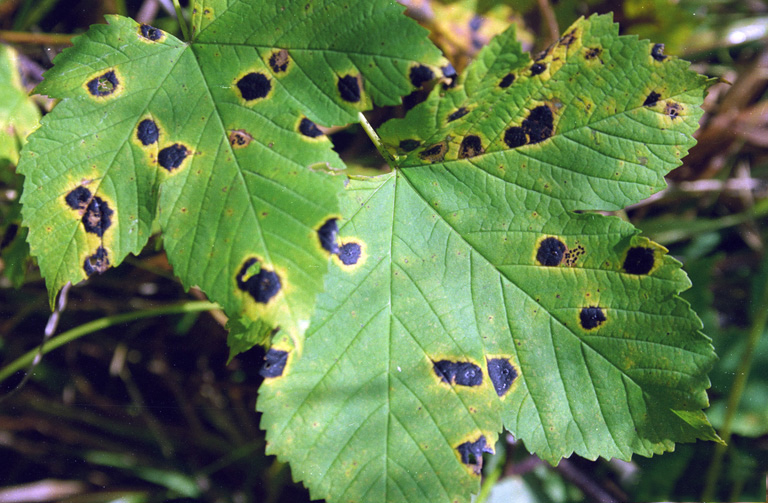



Maple Tree Diseases Common Problems With Maples The Tree Center
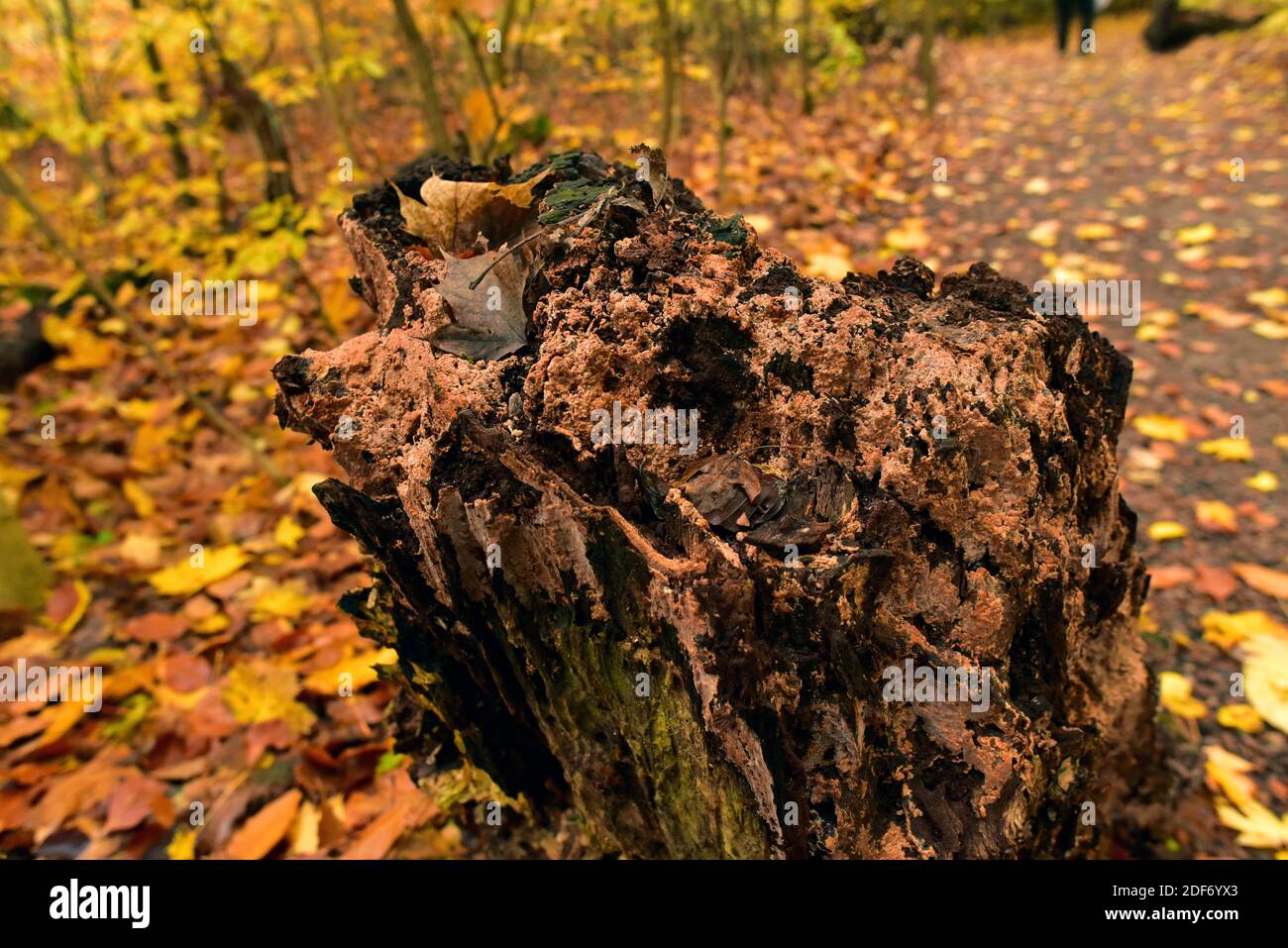



Silver Leaf Disease High Resolution Stock Photography And Images Alamy
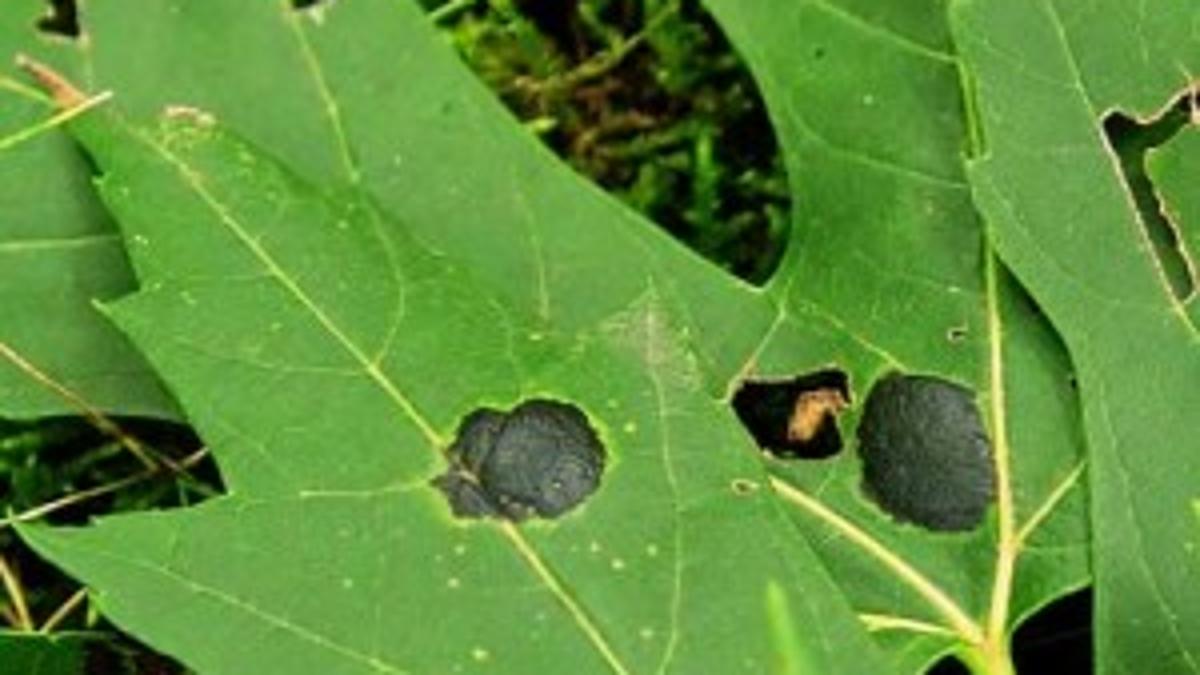



Ailing Silver Maple Tree Probably Has Fungus Known As Tar Spot Lifestyles Pressofatlanticcity Com
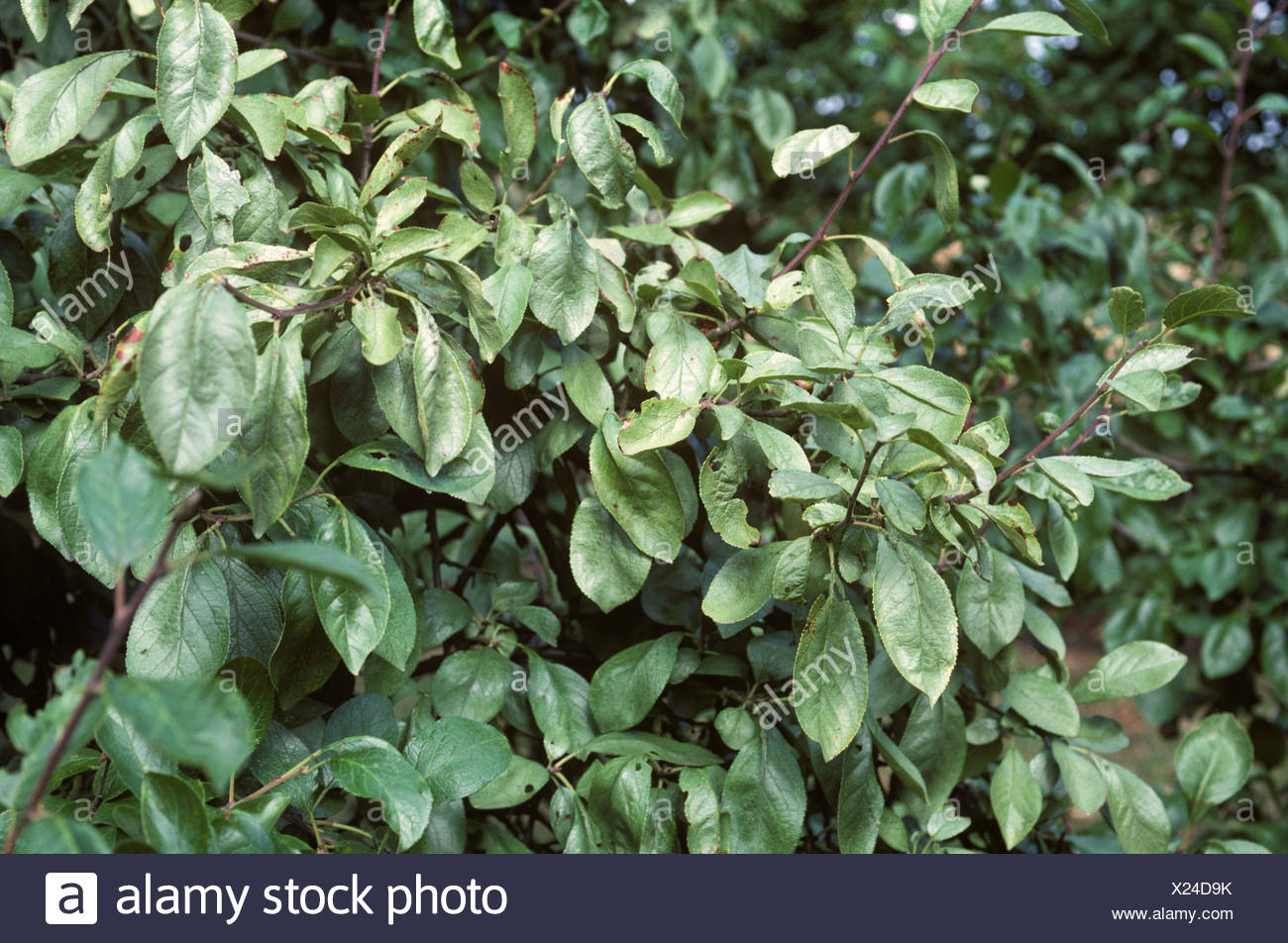



Silver Leaf Disease High Resolution Stock Photography And Images Alamy




Silver Leaf Disease Onfruit



Silver Leaf Rhs Gardening




Keep Plum Trees Healthy And Productive With Summer Pruning
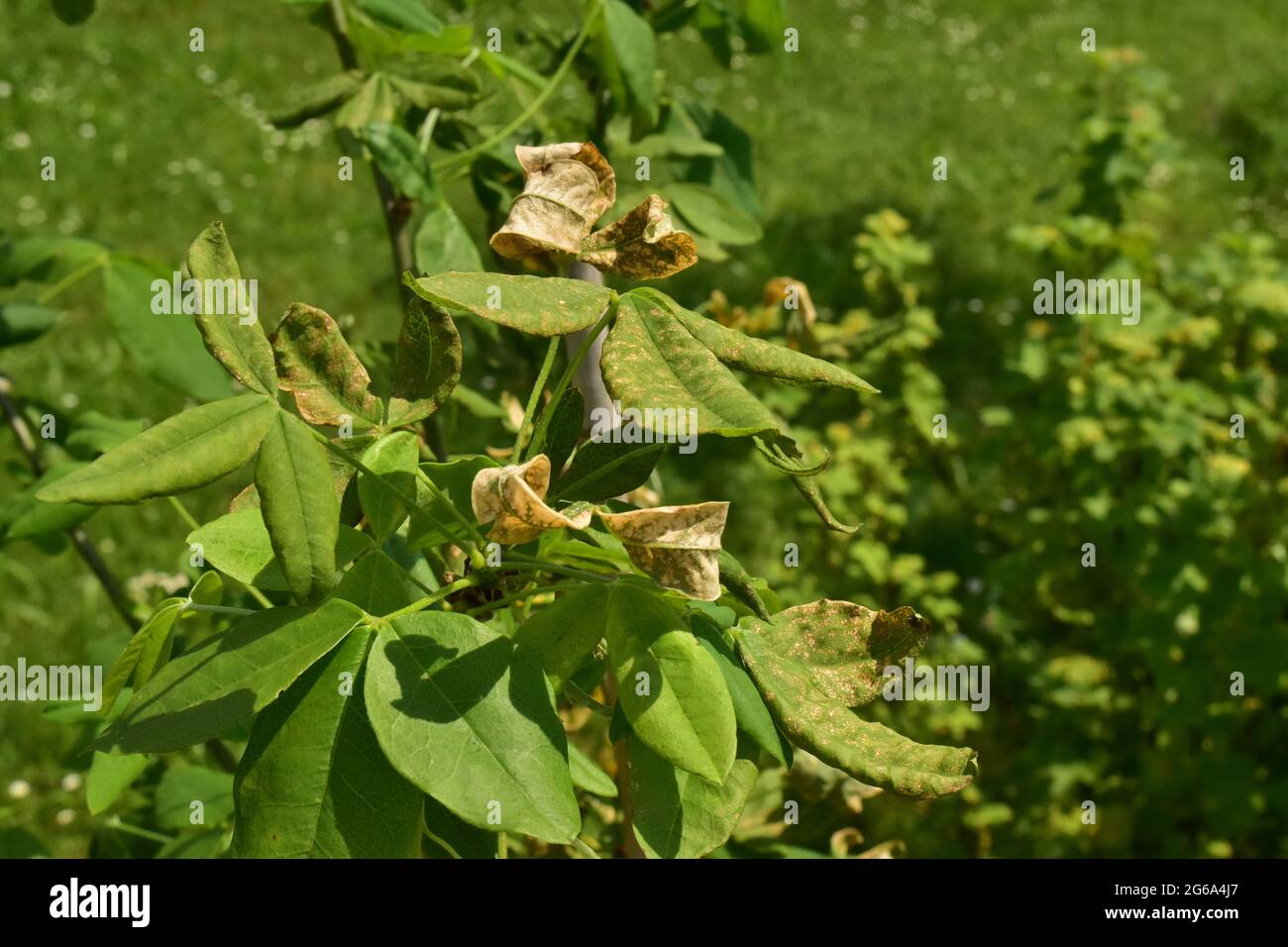



Silver Leaf Disease High Resolution Stock Photography And Images Alamy




Pests And Disease Of Plum Trees




Silver Leaf Of Almond Another Heart Wood Rotter The Almond Doctor
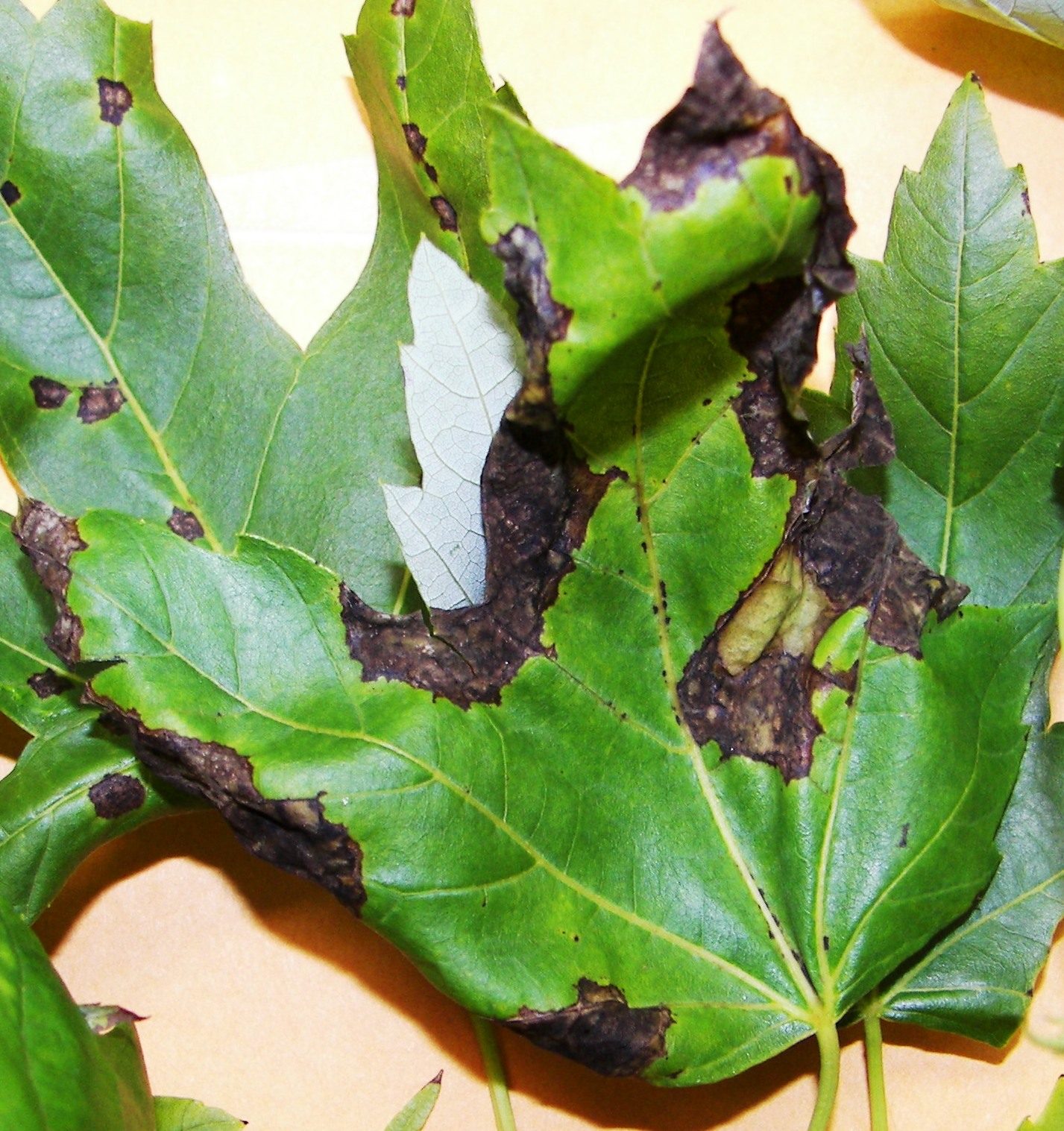



Anthracnose And Other Common Leaf Diseases Of Deciduous Shade Trees Oklahoma State University




Silver Leaf Of Plums And Cherries Southern Fruit Trees




Silver Leaf Disease On Plum Stock Image B275 0079 Science Photo Library




Squash Silver Leaf Discoloration Seminis




Chondrostereum Purpureum Wikipedia




Plum Silver Leaf Alan Buckingham




Silver Leaf Plant Disease Diagnostics Clinic
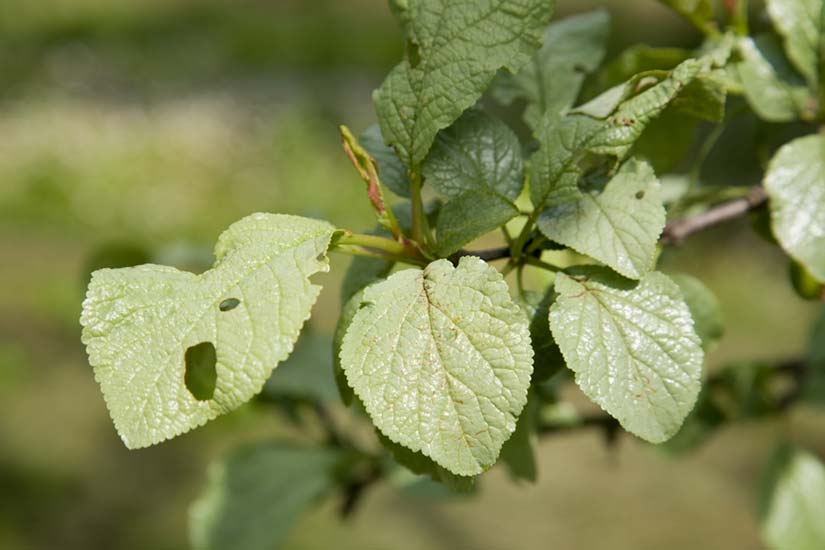



Blog Pomona Fruits
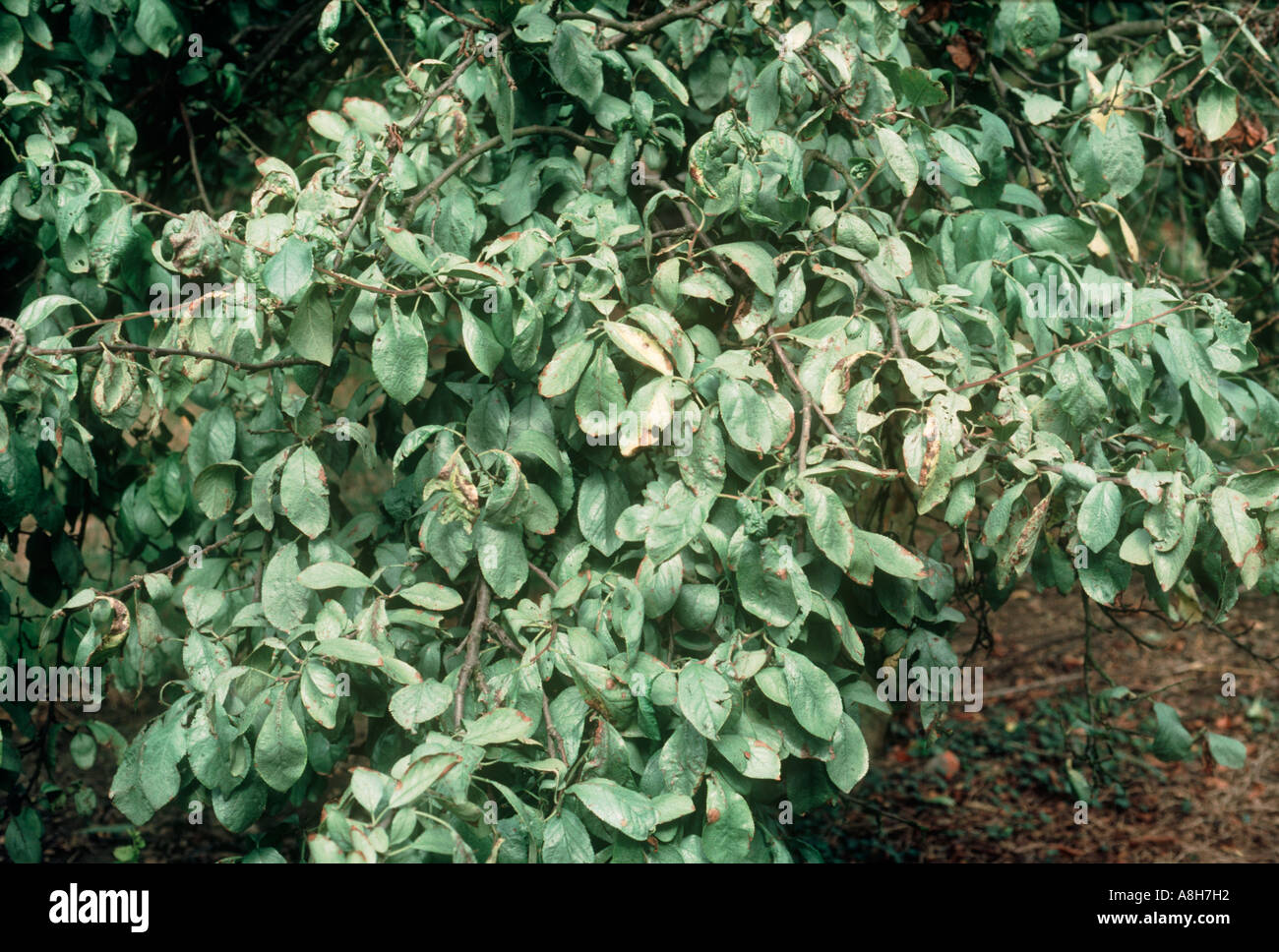



Silver Leaf Disease High Resolution Stock Photography And Images Alamy




A Guide To Common Leaf Problems Love The Garden




068 Plum Silver Leaf Jpg Silver Leaf Disease On A P Flickr
/GettyImages-126554720-58f169635f9b582c4d161f97.jpg)



Identifying And Controlling Powdery Mildew On Trees




Silver Leaf Of Almond Another Heart Wood Rotter The Almond Doctor
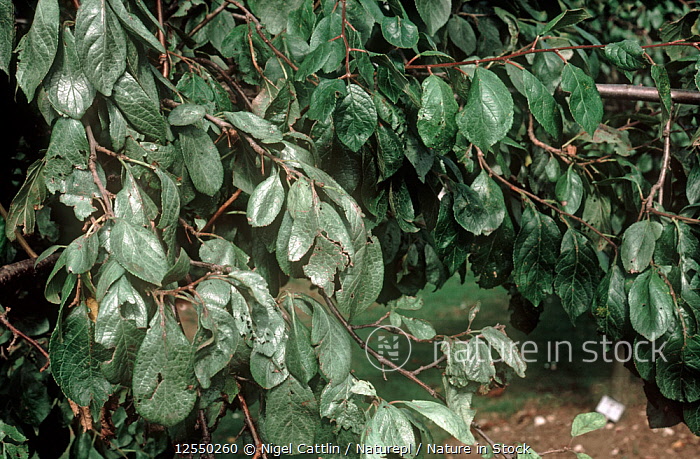



Nature In Stock
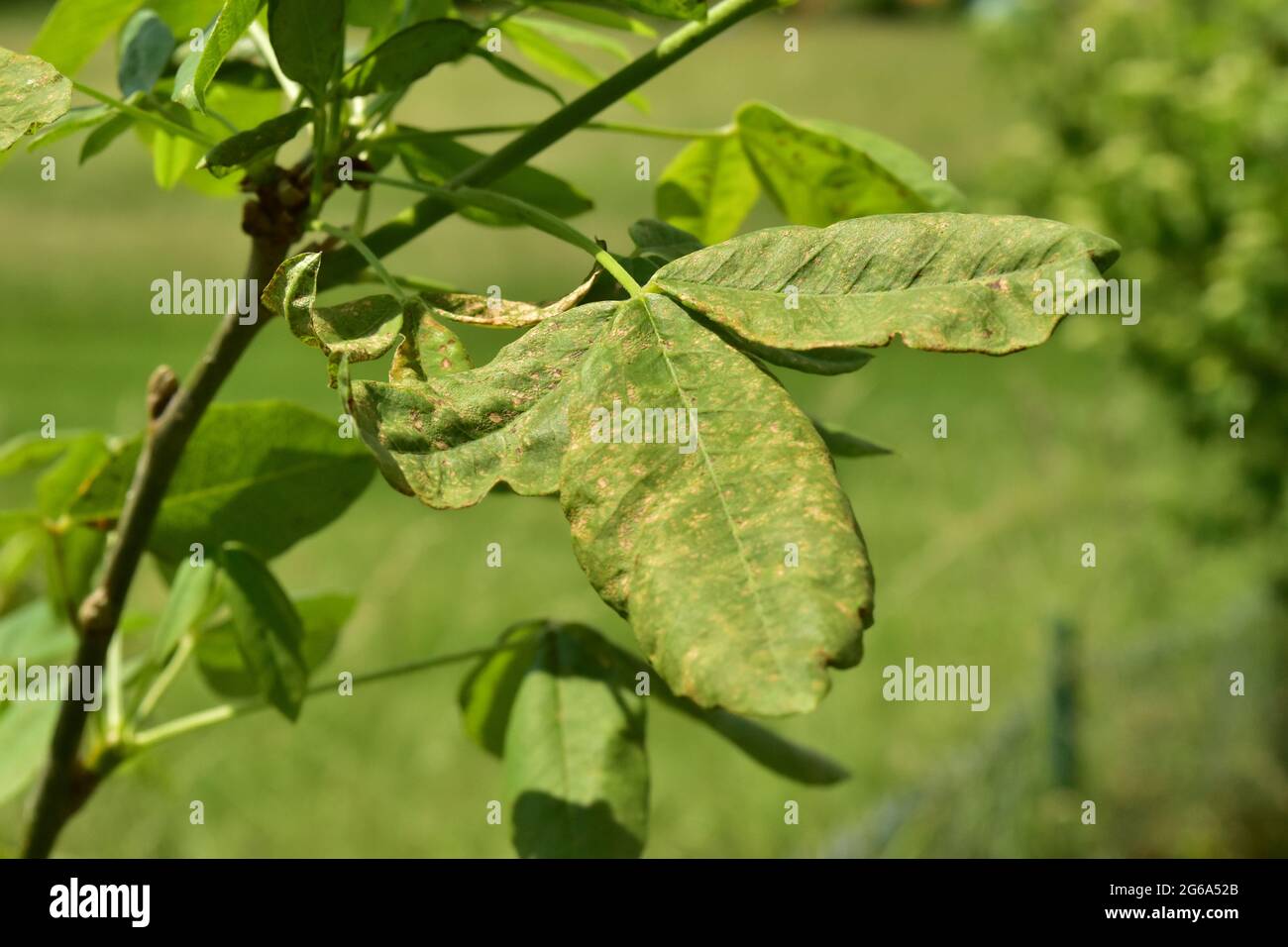



Silver Leaf Disease High Resolution Stock Photography And Images Alamy
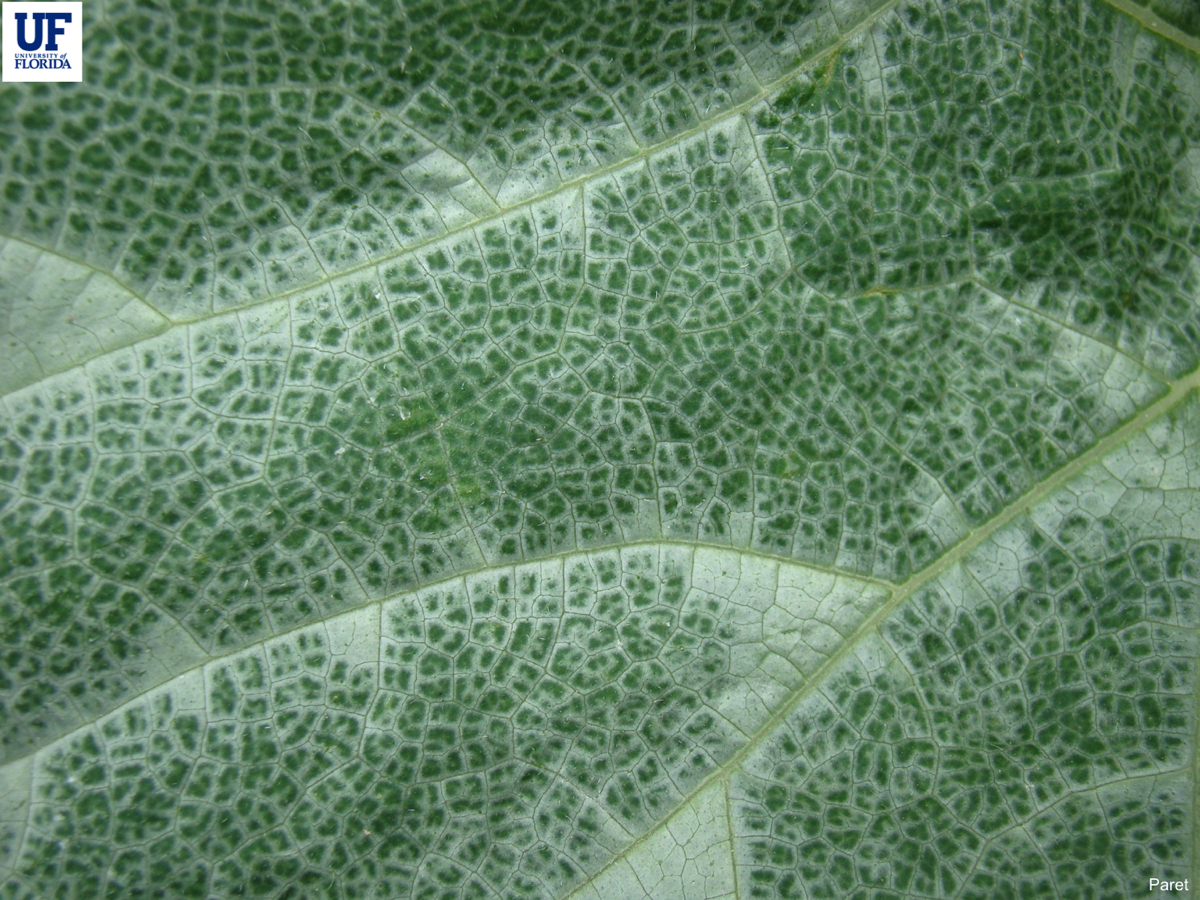



Silver Leaf
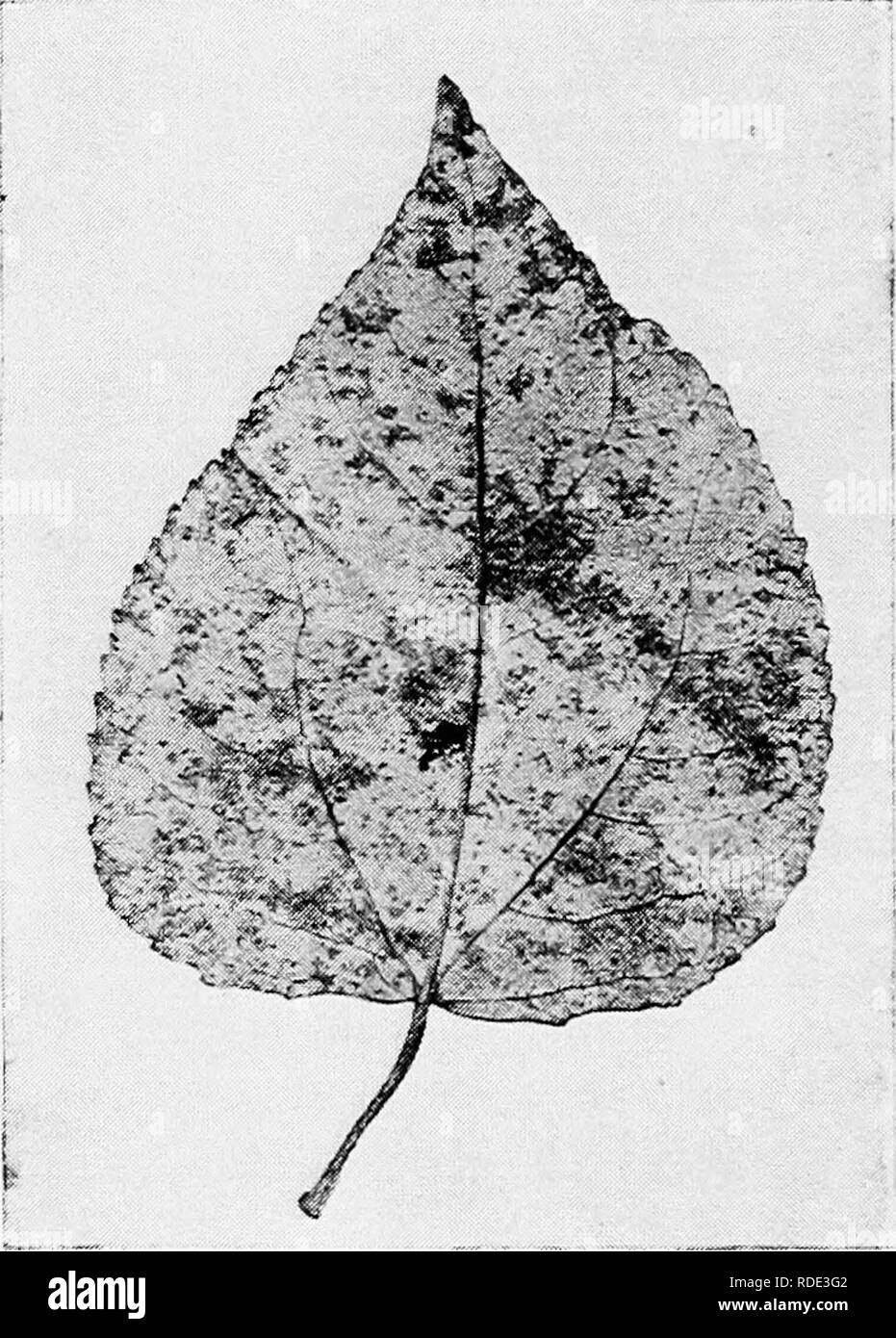



Silver Leaf Disease High Resolution Stock Photography And Images Alamy
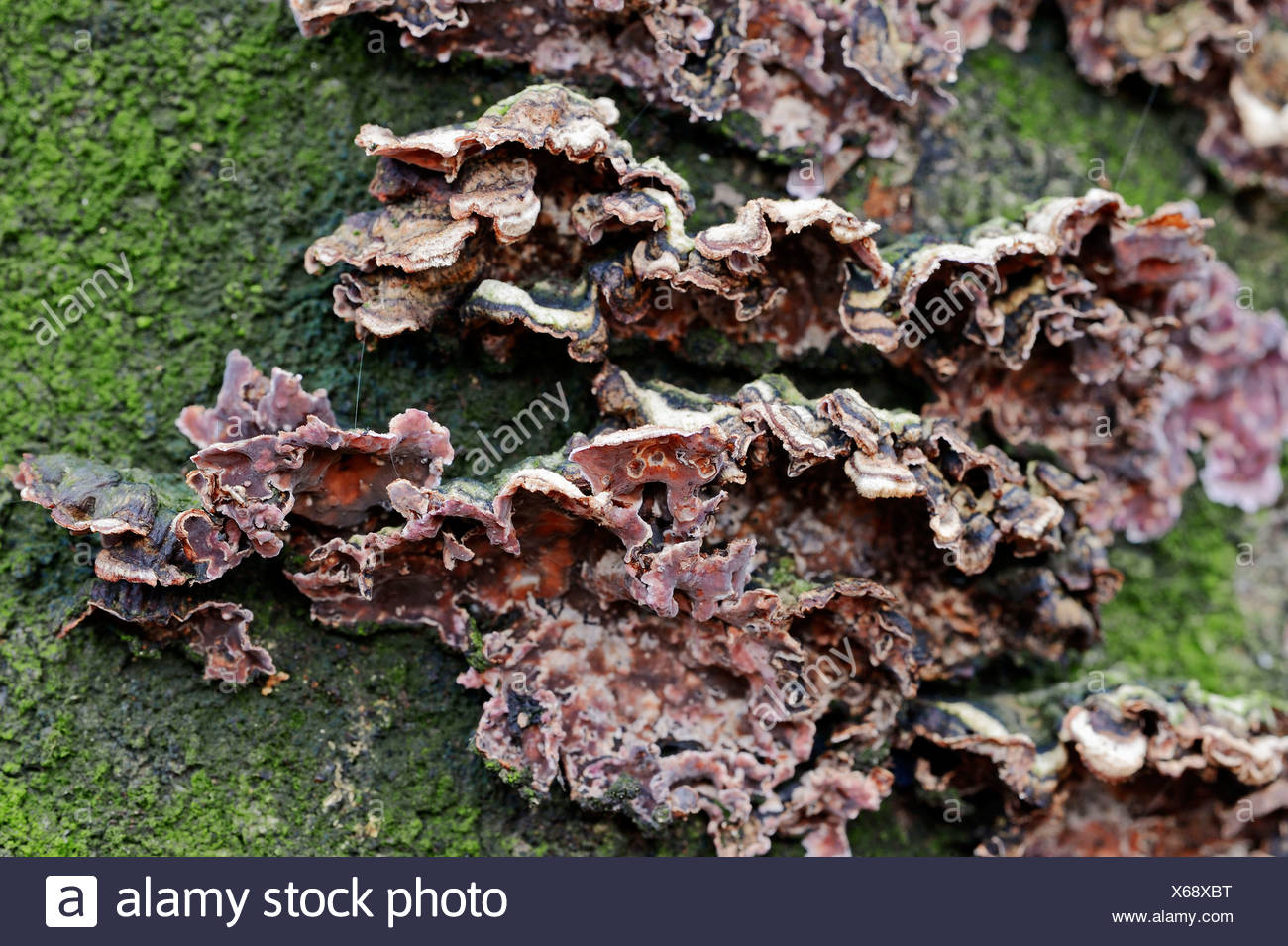



Silver Leaf Disease Stock Photo Alamy




No Good Treatment For Bacterial Leaf Spot On Plants




Diplocarpon Rosae Rose Black Spot Disease Stock Image Image Of Leaf Grow




Development Of Necrotic Lesions Tissue Atrophy And Mild Bleaching On Download Scientific Diagram




How To Identify Silver Leaf Disease




I Chondrostereum Purpureum I Pers Pouzar X Apple




Identify And Treat Silver Leaf Disease In The Uk
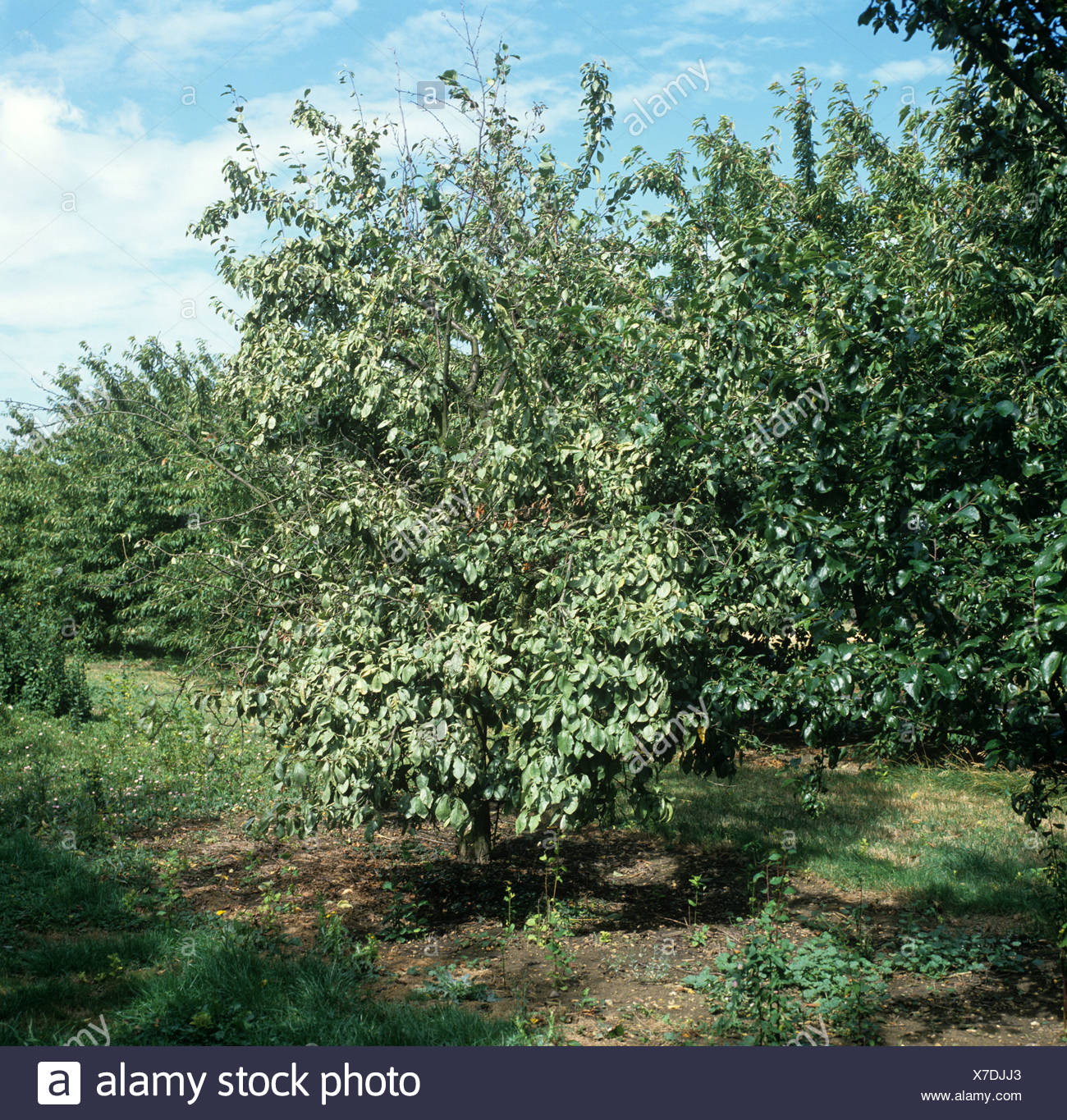



Silver Leaf Disease High Resolution Stock Photography And Images Alamy
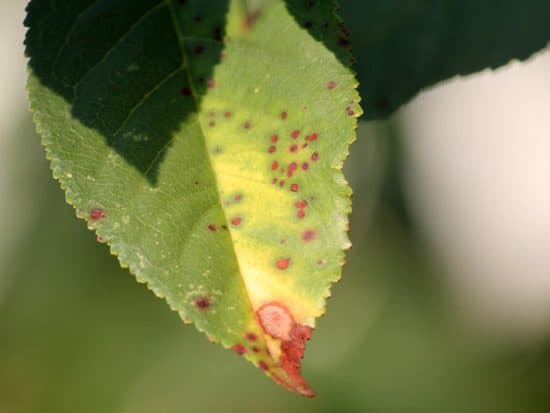



Cherry Tree Diseases And How To Prevent Them Shary Cherry




Silver Leaf Infection On Victoria Plum Tree Youtube




Silver Leaf Fungus Chondrostereum Purpureum On Cherry In Kirktonhall Glen West Kilbride Youtube
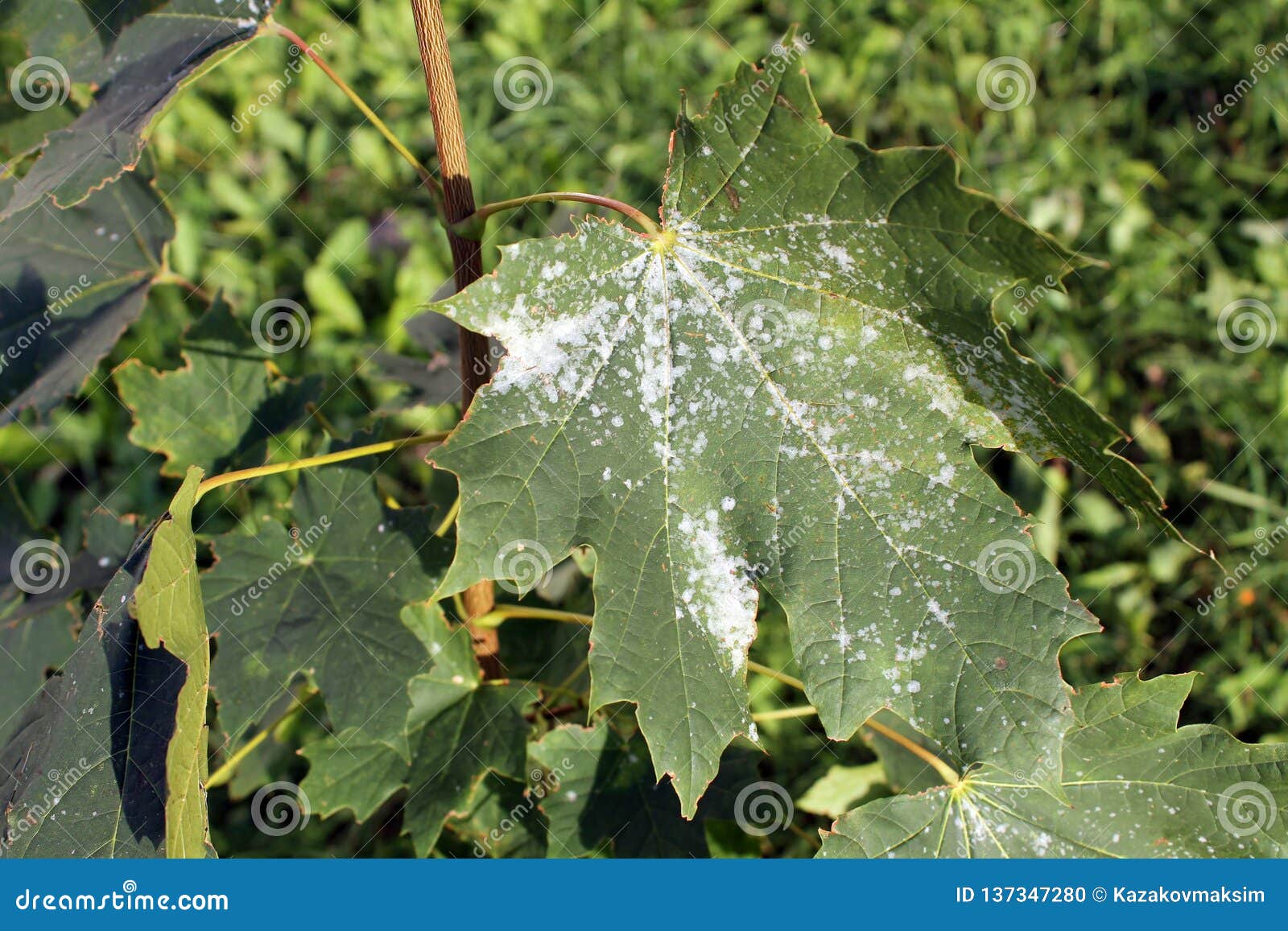



Powdery Mildew On Norway Maple Maple Tree Fungal Disease Stock Photo Image Of Tulasnei Diseased




Anthracnose And Other Common Leaf Diseases Of Deciduous Shade Trees Oklahoma State University




Pilea Houseplants Tips For Taking Care Of A Pilea Aluminum Plant




Maple Leaf Blister Black Leaves On Maple Explained Horticulture And Home Pest News



3




Combining Silver Nanoparticles With Herbs Essential Oils To Control Plant Diseases Zist Fan Iran Biotech Hub




Blueberry Vaccinium Corymbosum Silver Leaf Pacific Northwest Pest Management Handbooks
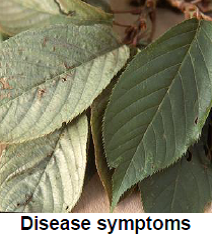



Cherry Diseases Vikaspedia
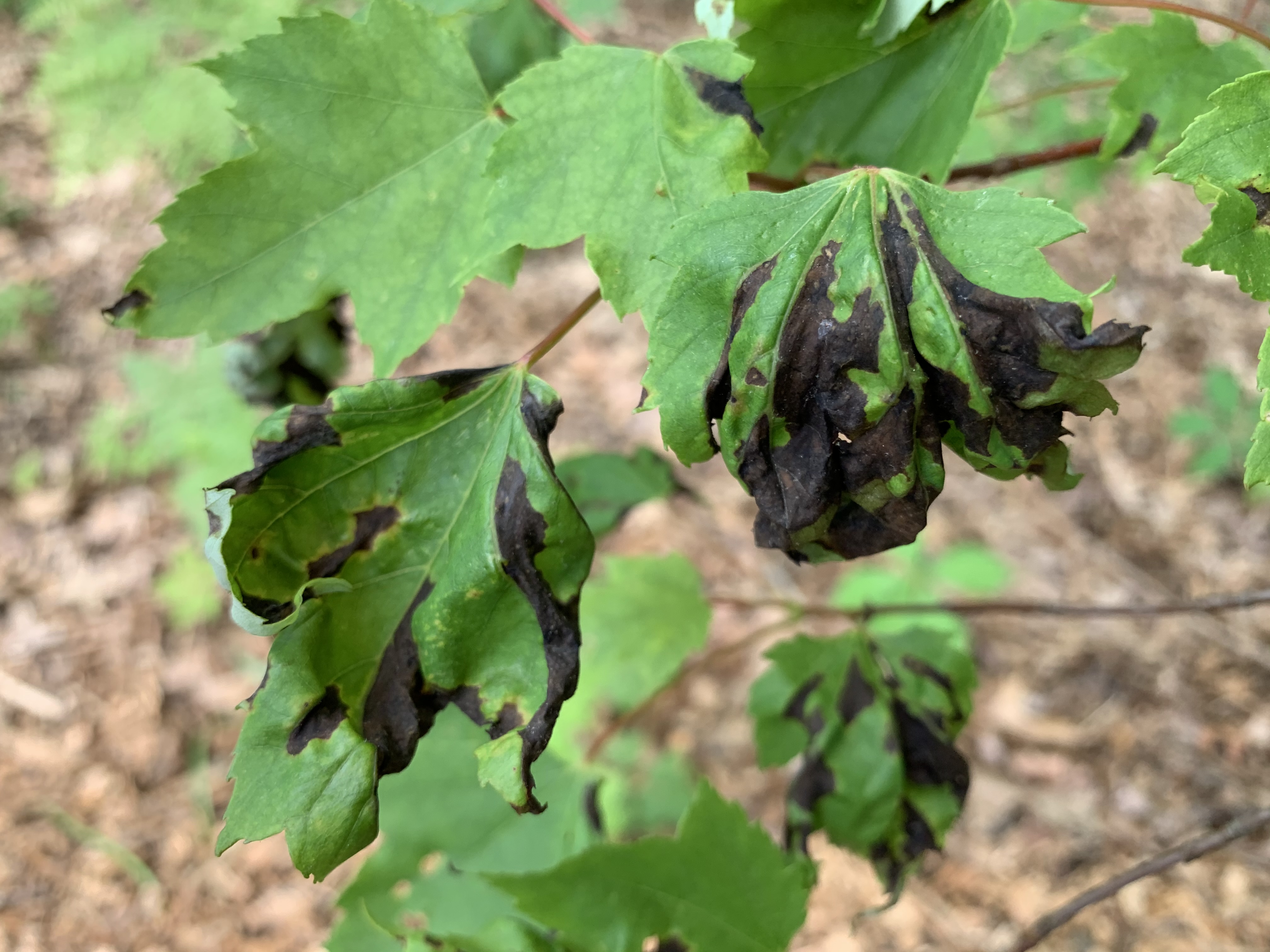



Maple Leaf Blister And Anthracnose Two Diseases Of Maple Leaves Landscaping




That Dusty White Film Disfiguring Plant Leaves Has A Name Powdery Mildew Chicago Tribune




Silver Leaf Chondrostereum Purpureum Apple Best Practice Guide




Plum Silver Leaf Alan Buckingham



Silver Leaf Disease Capital Trees




Front Range Food Gardener Telling Powdery Mildew By Its Spots
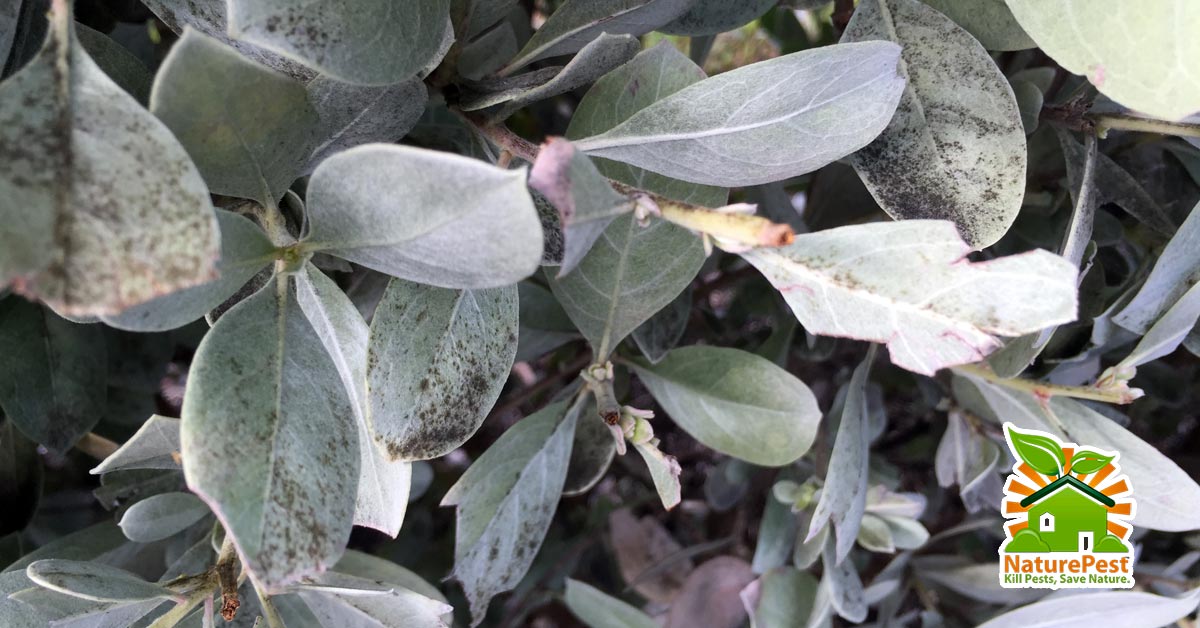



Silver Buttonwood Pests Black Sooty Mold Disease Control



Mid West Potatoes Seed Production Pest And Disease Management Agriculture And Food



Plant Patch Enables Continuous Monitoring For Eurekalert




Florent Trouillas Quite A Few Severe Cases Of Silver Leaf Disease Were Observed This Spring In Almond Orchards In California The Disease Is Caused By The Fungus Chondrostereum Purpureum T Co Revxgpei3j




Identify And Treat Silver Leaf Disease In The Uk




Maple Tree Diseases Lovetoknow
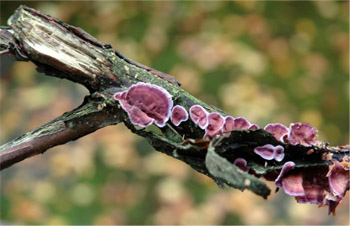



Oregon Blueberry Update



1
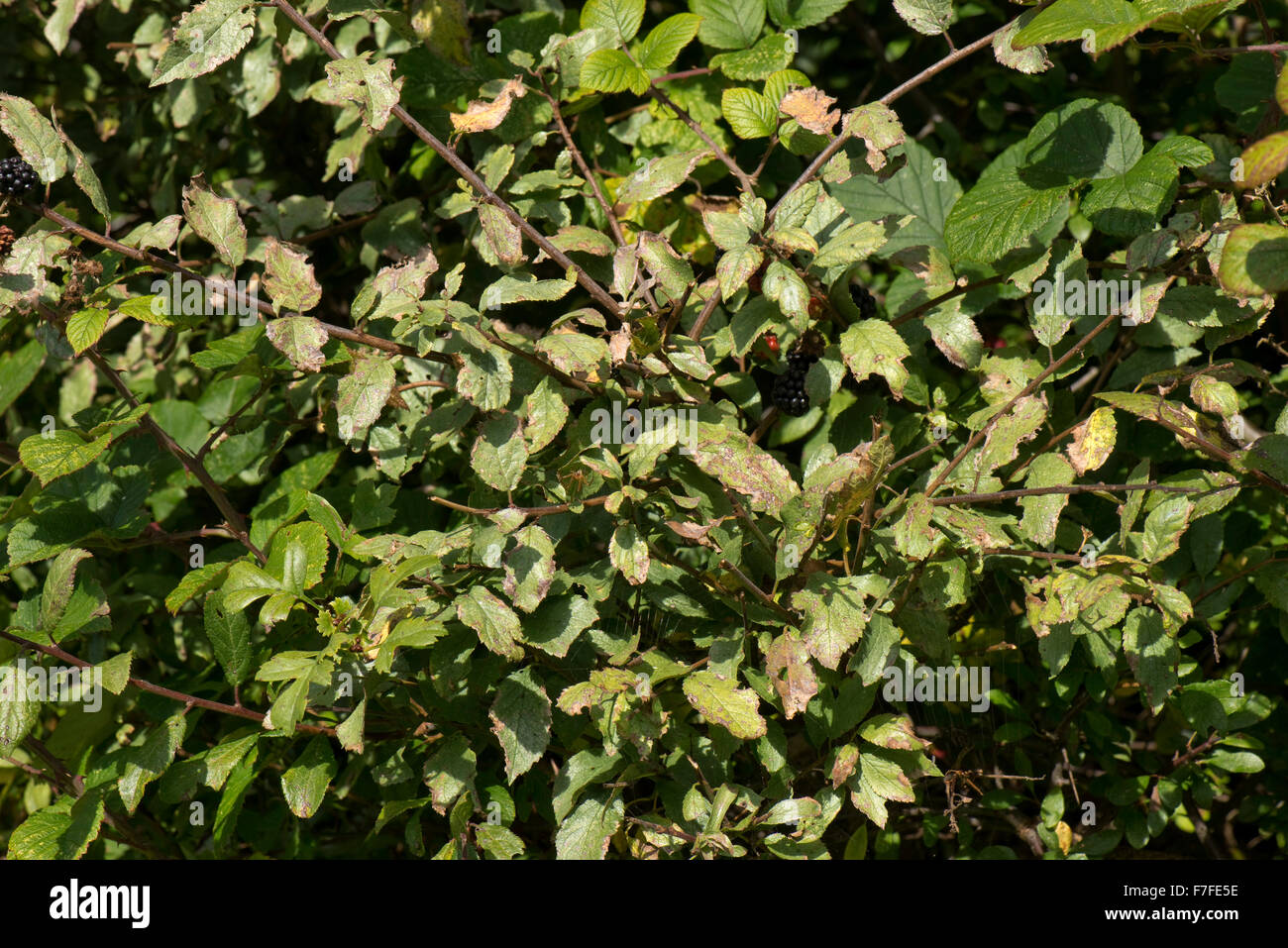



Silver Leaf Disease Chondrostereum Purpureum On Wild Plum Trees In A Hedgerow Berkshire September Stock Photo Alamy




Silver Leaf Of Tree Fruits Msu Extension
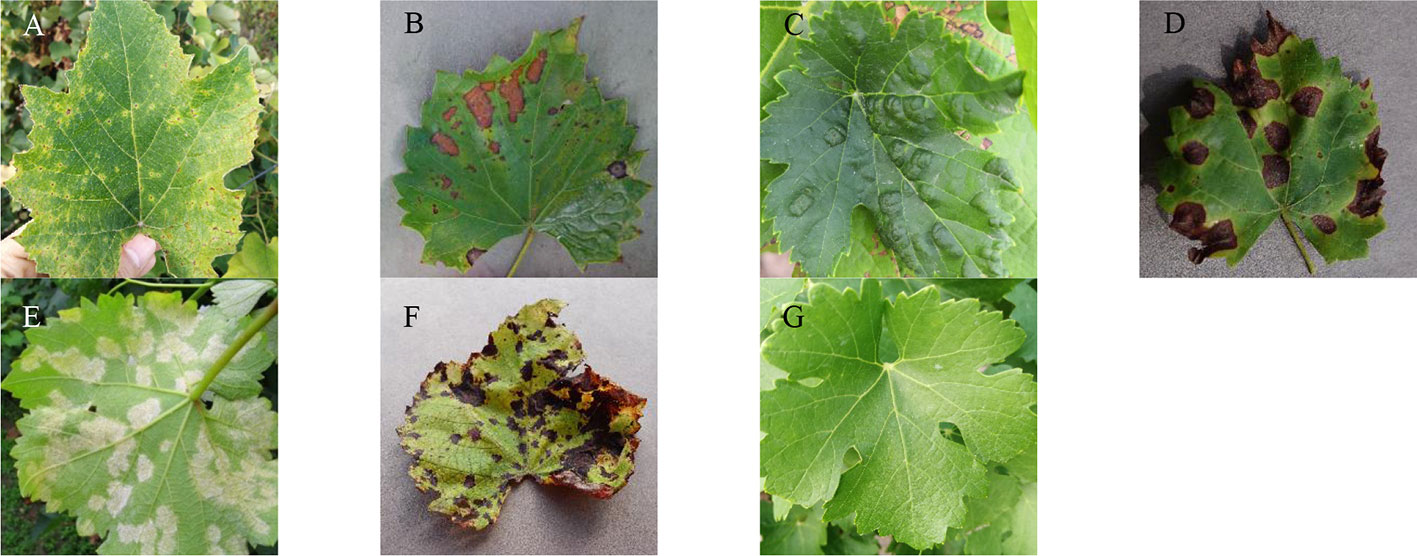



Frontiers Grape Leaf Disease Identification Using Improved Deep Convolutional Neural Networks Plant Science




Pdf First Report Of Chondrostereum Purpureum Causing Silverleaf Disease Of Apricot Prunus Armeniaca In Malatya Turkey




File Chondrostereum Purpureum Syn Stereum Purpureum Gb Purple Silverleaf D Violetter Knorpelschichtpilz Nl Paarse Korstzwam White Spores And Causes Silver Leaf Disease Loodglansziekte Left On A Cut Down Beech Tree Panoramio Jpg Wikimedia




Enfermedad Del Plateado En Carozos Y Arandanos Portalfruticola Com




Silver Leaf Fungus Hd Stock Images Shutterstock
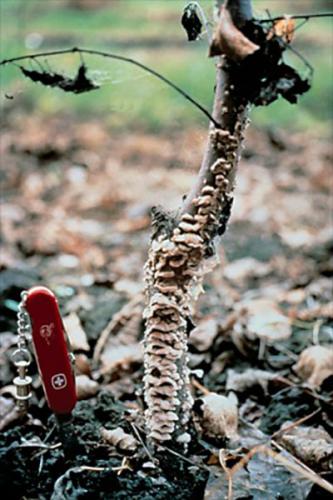



Silver Leaf Of Tree Fruits Msu Extension
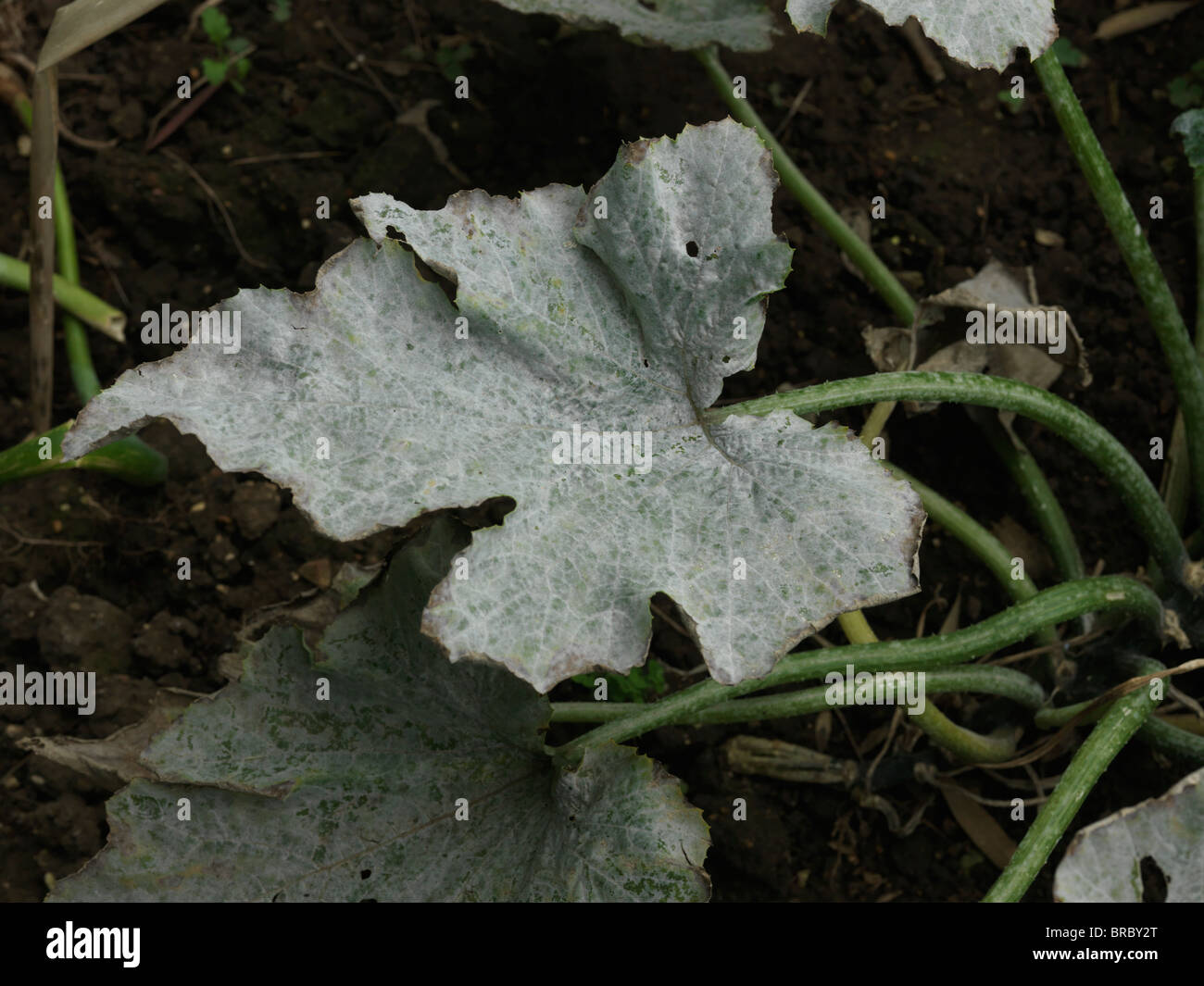



Silver Leaf Disease High Resolution Stock Photography And Images Alamy




Philodendron Brandtianum 12cm Silver Leaf Highland Moss




David Doll Silver Leaf Of Almond Fungal Disease That Causes Silvery Appearance Of Leaves Eventually Killing Trees Tree Removal Required T Co Osn6qqfoof




File Chondrostereum Purpureum Syn Stereum Purpureum Gb Purple Silverleaf D Violetter Knorpelschichtpilz Nl Paarse Korstzwam White Spores And Causes Silver Leaf Disease Loodglansziekte At This Chestnut Tree Arnhem Panoramio Jpg Wikimedia
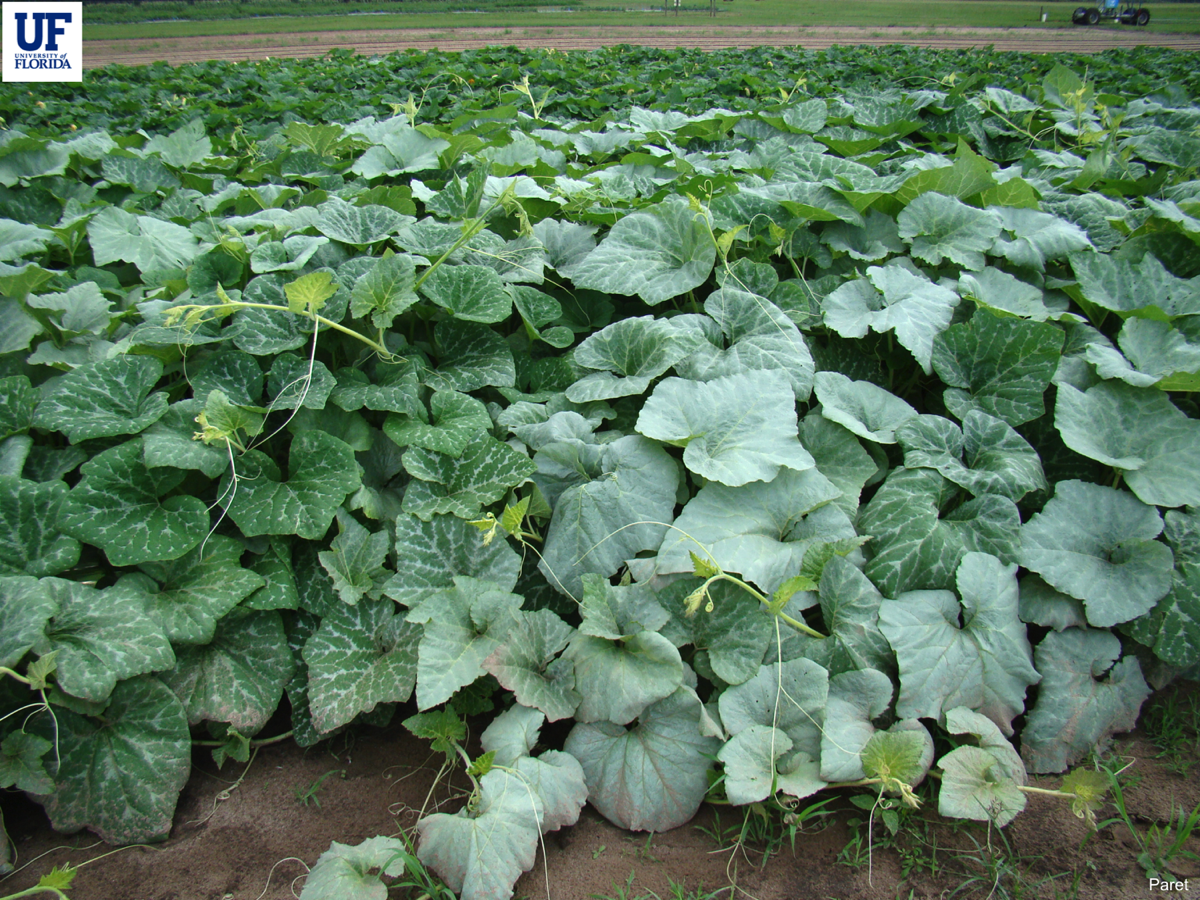



Silver Leaf




Oak Diseases Insect Pests Home Garden Information Center



0 件のコメント:
コメントを投稿